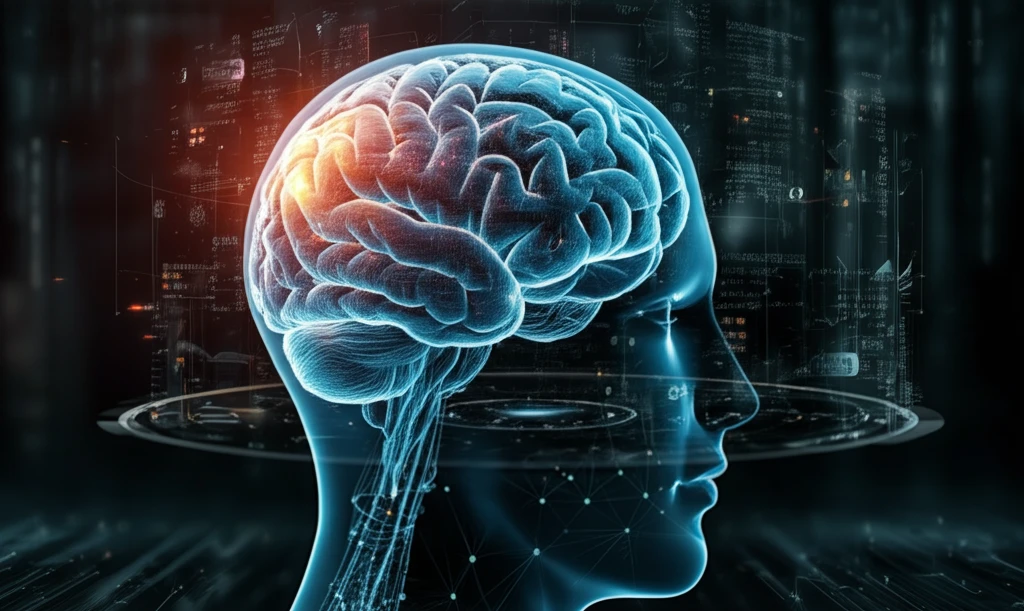
Can AI Predict the Future of US Elections? A New Model Shows Promise
"Explore how transfer learning and spatial autoregressive models are changing the game in U.S. presidential election predictions, offering new insights for 2024 and beyond."
Predicting the outcomes of U.S. presidential elections has always been a complex and high-stakes endeavor. Traditional methods often fall short due to the unique challenges posed by swing states, limited data, and the intricate spatial relationships between different regions. However, a new approach is emerging that leverages the power of artificial intelligence and advanced statistical modeling to provide more accurate and insightful forecasts.
Researchers have developed a novel transfer learning framework within the Spatial Autoregressive (SAR) model, called tranSAR, designed to overcome these challenges. This innovative model incorporates spatial geographic information, particularly crucial for analyzing swing states, and uses data from similar source states to enhance estimation and prediction accuracy. The goal is to provide a more robust and reliable method for predicting election results, which could significantly impact political strategies and election analysis.
The implications of this technology are far-reaching. Accurately predicting election outcomes can help campaigns allocate resources more effectively, understand voter behavior, and tailor their messages to resonate with specific demographics. For analysts and the public, it offers a deeper understanding of the factors driving election results and the potential shifts in the political landscape.
What is tranSAR and How Does It Enhance Election Prediction?

The tranSAR model addresses two primary challenges in election prediction: limited spatial data availability and spatial dependence. Traditional SAR models often struggle with small target data samples, leading to reduced accuracy. TranSAR enhances estimation and prediction by leveraging information from similar source data, effectively boosting the sample size and providing a more comprehensive dataset for analysis.
- Transferring Stage: Combines data from multiple sources to create a preliminary estimation.
- Debiasing Stage: Corrects biases by incorporating target data via regularization.
- Transferable Source Detection Algorithm: Identifies the best sources to transfer information from using spatial residual bootstrap to maintain spatial dependence.
The Future of Election Prediction with AI
The development and application of models like tranSAR represent a significant step forward in election prediction. By leveraging AI and advanced statistical techniques, these models offer a more nuanced and accurate understanding of the factors influencing election outcomes. As AI technology continues to evolve, we can expect even more sophisticated tools to emerge, further transforming the landscape of political analysis and strategy. Future research could focus on developing tests to detect informative sets and improving the accuracy of coefficient estimation within the transfer learning framework.
